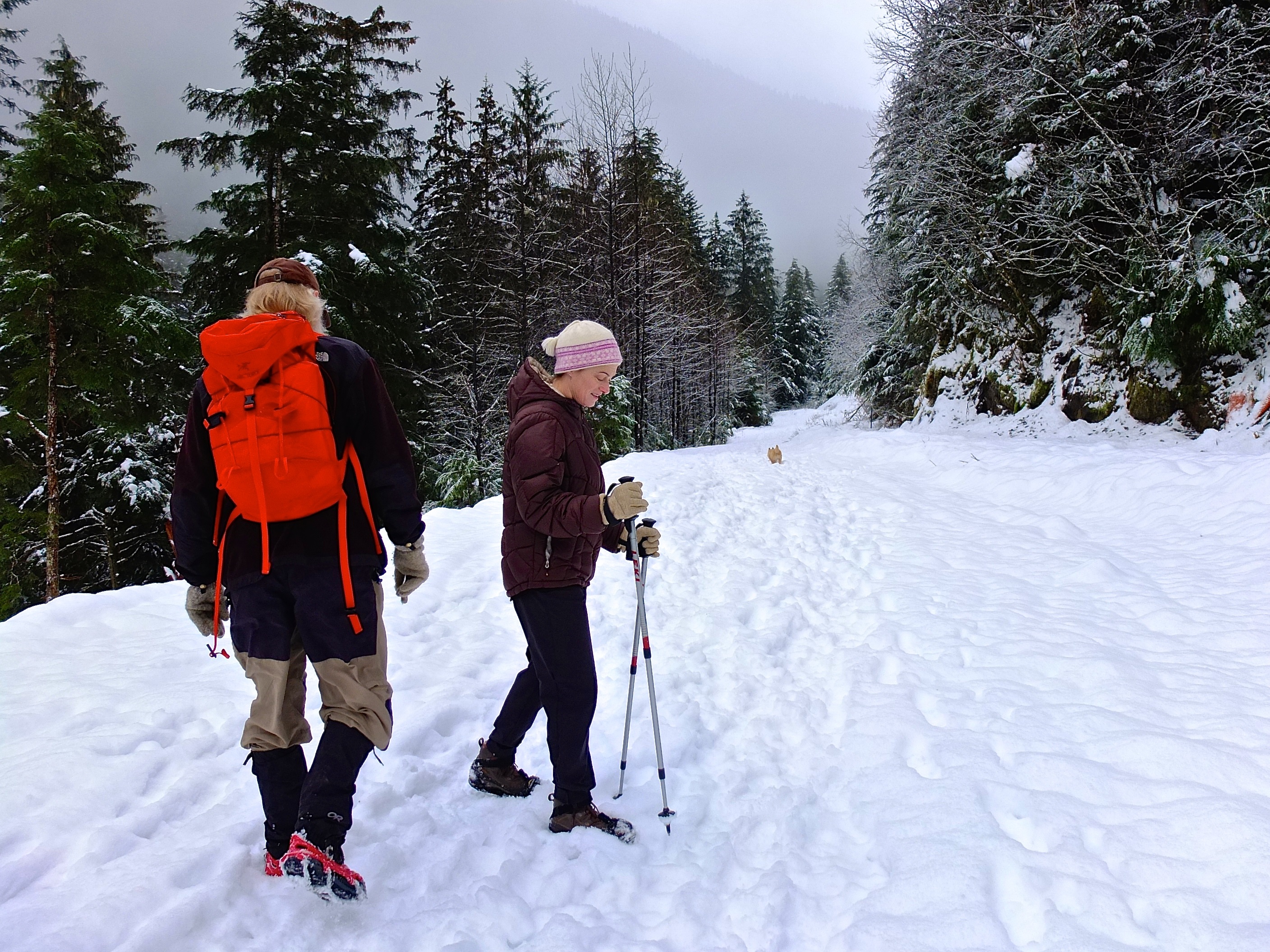
Winter training can bring with it a whole set of challenges to take into account to avoid injury. From slipping on ice to dehydration (yes, dehydration), it’s important to adapt your training to the winter season.
Winter brings many wonderful things, from new cross-training opportunities to the start of many sports. Whether you’re a winter sports person or it’s now the off-season for you, winter training can bring with it a whole set of challenges. In order to avoid injury, these challenges need to be taken into account. From slipping on ice to dehydration (yes, dehydration), it’s important to adapt your training to the winter season.
Hydrate, Hydrate, Hydrate
Hydration seems like something you wouldn’t have to worry about as it’s usually the hot summer months that bring about dehydration problems. However, contrary to popular belief, dehydration is quite common during the winter months. Other than the obvious negative health effects associated with dehydration, during the cold months, it can lead to serious illness as it can lower your immune system drastically. During the winter, it’s important to pay extra careful attention to drinking enough water as thirst becomes less noticeable as your skin temperature drops.
Stay Dry
It may be a difficult thing to do when you’re outside training, but it’s important to stay dry to avoid hypothermia. If you’re outside in freezing to below freezing temperatures and it’s windy, it may seem impossible to sweat. However, if you overdress or wear the wrong type of clothing, you could be setting yourself up for the extreme shivers. The tip for staying dry is to wear the right kind of clothing as well as the right amount. You don’t want to underdress, but you also don’t want to overdress, causing you to sweat more than you should.
Pay Attention And Change Your Pace
To avoid slipping and falling, it’s important to pay attention to your surroundings. You may not be one to look at your feet while running or walking, but looking ahead at the ground will help you spot ice to avoid. Furthermore, changing your pace can also help you avoid a disaster. You may want to take it slower if there’s a high chance of ice or if there’s a lot of snow on the ground. You may also want to consider wearing shoes that do a better job of gripping ice and snow.
Winter Training Is About Adjustment
You should also consider adjusting the time you spend training outside. Especially in northern winters where the temperatures often drop below 0 and the wind chill brings it far into the negative digits, it may not be the safest thing to be outside for long periods of time even with the proper gear. If you don’t have to train outside, don’t. If you’re a winter sports person, however, being outside is inevitable. So, pay attention to the weather and keep track of how long you’re outside. The colder it is, the more your body has to work to keep warm, which means the more energy you’re using. This leads to fatigue early on, which can lead to mistakes, falls, and injuries. Adjust your winter training to account for these things and you’ll have a successful winter season – or winter off-season.


